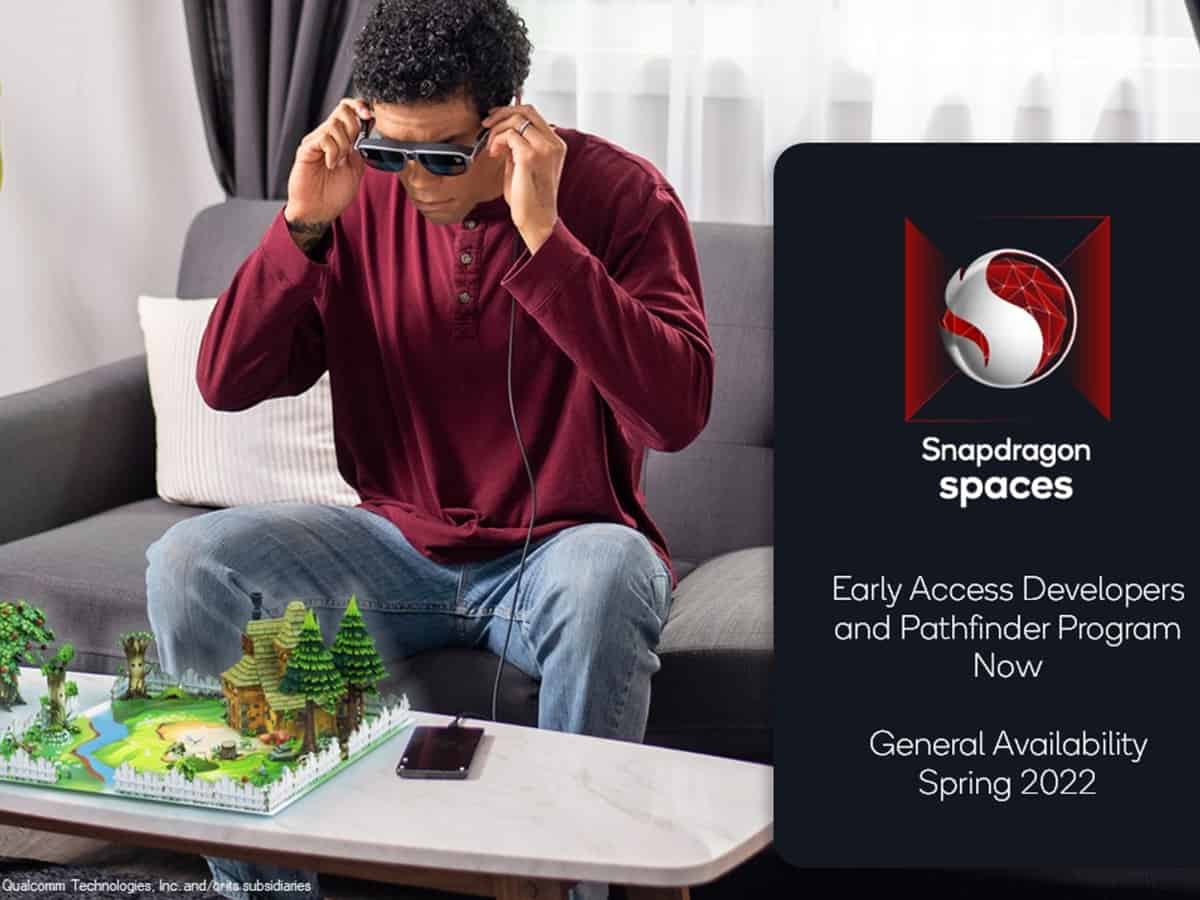New Delhi: Chip-maker Qualcomm on Wednesday introduced Snapdragon Spaces XR Developer Platform, a headworn Augmented Reality (AR) developer kit to enable the expansion of existing apps and create new ones to take advantage of AR devices.
With proven technology, an open, cross-device horizontal platform and ecosystem, Snapdragon Spaces aims to deliver the tools to bring developers’ ideas to life and revolutionise the possibilities of headworn AR. Snapdragon Spaces is in early access with select developers and is expected to be generally available in the Spring of 2022.
“Qualcomm Technologies is a pioneer in Augmented Reality with over a decade of AR research and development. Utilising these years of innovation and expertise, Snapdragon Spaces offers robust machine perception technology that is optimized for performance and low power for the next generation of AR glasses,” the company said in a statement.
The Snapdragon Spaces platform will provide environmental and user understanding capabilities that give developers the tools to create headworn AR experiences that can sense and intelligently interact with the user and adapt to their physical indoor spaces.
Some of the marquee environmental understanding features include spatial mapping and meshing, occlusion, plane detection, object and image recognition and tracking, local anchors and persistence, and scene understanding. The user understanding machine perception features include positional tracking and hand tracking.
To continue to drive AR technology innovation, Qualcomm Technologies has collaborated with Wikitude, a world-class AR technology provider to the Qualcomm family. With the launch of Snapdragon Spaces, the existing community of 150K+ registered Wikitude AR developers can join us in accelerating the transition from smartphone to headworn AR.
Leading smartphone and AR hardware OEMs including Lenovo, Motorola, OPPO, and Xiaomi are initial partners to support Snapdragon Spaces in 2022, with the Lenovo ThinkReality A3 smart glasses paired with a Motorola Smartphone as the first to commercialise Snapdragon Spaces.

